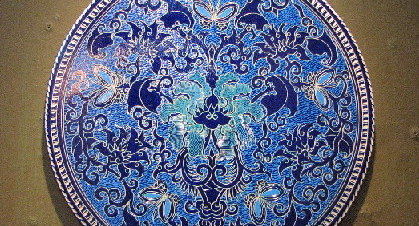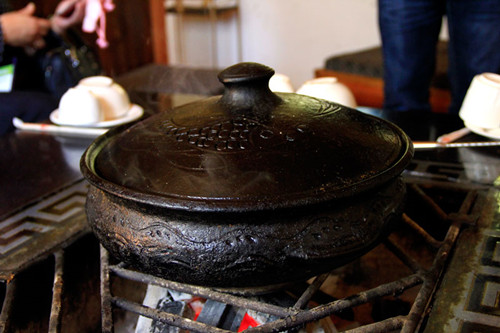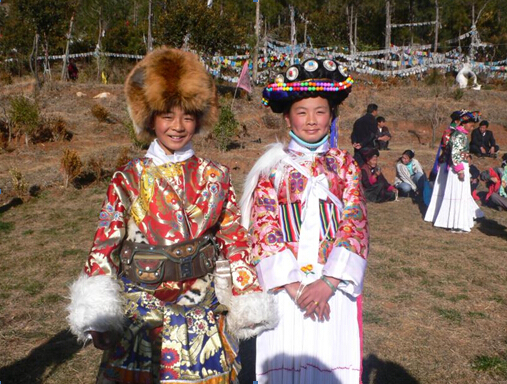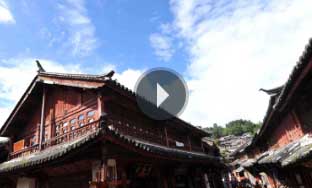A taste of local life
(China Daily)
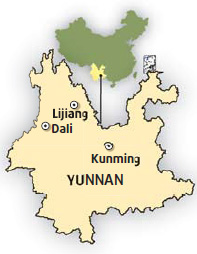
We sampled yak beef (chewier than cow beef), potato slices fried with preserved sonchus (a sour and spicy dish that became my favorite) and others tasty treats.
For our 4-year-old son, who gets teary from even one bite of spicy food, we ordered some Lijiang baba, a sticky deep-fried pancake stuffed with sweet mashed bean.
Taking a child on a journey is never easy, especially when it comes to food. I've heard that many parents from northern China had to yield to their children's wailing and find "the best food in Lijiang" at KFC. What a pity.
Our son surprised us during the trip to Suhe, a quiet town about 15 minutes ride from Lijiang. Although he usually shies away from vegetables, he happily munched on a carrot like Bugs Bunny. And he would have even chomped down the long green leaves had we not stopped him.
While booming tourism has taught the Dayan to overdress herself to lure customers, Suhe is an innocent beauty just waking from a centuries-long slumber of a self-sufficient agricultural life.
The streams that zigzag through Suhe are crystal clear, as if they'd just run down the mighty Jade Dragon Snow Mountain. Local people harvest tomatoes, cucumbers, corn and fruits from the fields, plunking them into bamboo baskets they then drop into the streams for storage.
We found a quiet restaurant off the main street and spent the whole afternoon swilling tea, pulling vegetables from the stream and debating which dog was most likeable.
Attending our friend's family gathering was another highlight of our trip. Over the past few years, most local residents have moved out of the small Dayan town to settle in newly built apartment complexes.
Our friend led us to an uncle's house built according to Naxi style. It had a black tiled roof with flying eaves, a brick cat perched atop the front gate to ward off evil, and bougainvilleas and other flowers in a spacious courtyard containing a well.
Soon, dozens of people arrived, filling the courtyard with laughter and music.
While young women helped with cooking and setting the five or so tables, men played guitar, flute, piano and other instruments. It seems the Naxi people still follow a tradition according to which women toil in the fields and attend to household chores while men become educated scholars.
Our friend's mother, who plays the bamboo flute and the 26-stringed guzheng, said such gatherings are called hua cong and used to be occasions to discuss family issues and pool money to help those in need.
Today, our friend's retired parents attend such gatherings almost every week. In addition to relatives, their classmates, colleagues and other friends also sponsor such events.
"Today, people are very busy and the city is growing bigger. We need such gatherings to keep in touch," said the old lady, who rose early every morning to buy fresh pumpkins and mushrooms to make us lavish meals.
It's not easy to remember all the dishes, but a good part of the conversation was about fish: A bigger kind was caught in this lake this morning; another kind was from the river, which was best prepared through simple steaming.
To me, they all tasted great, and together, they made our trip a wonderful memory.
By Liu Jun

